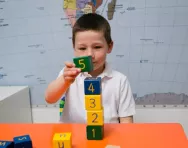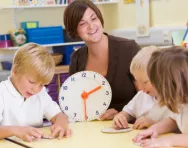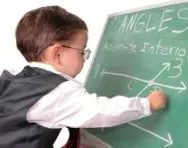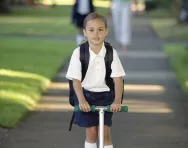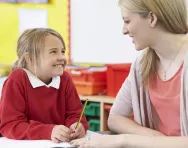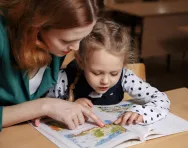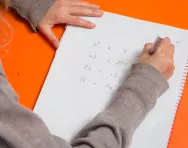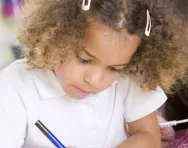TheSchoolRun.com closure date
As we informed you a few months ago, TheSchoolRun has had to make the difficult decision to close due to financial pressures and the company has now ceased trading. We had hoped to keep our content available through a partnership with another educational provider, but this provider has since withdrawn from the agreement.
As a result, we now have to permanently close TheSchoolRun.com. However, to give subscribers time to download any content they’d like to keep, we will keep the website open until 31st July 2025. After this date, the site will be taken down and there will be no further access to any resources. We strongly encourage you to download and save any resources you think you may want to use in the future.
In particular, we suggest downloading:
- Learning packs
- All the worksheets from the 11+ programme, if you are following this with your child
- Complete Learning Journey programmes (the packs below include all 40 worksheets for each programme)
You should already have received 16 primary school eBooks (worth £108.84) to download and keep. If you haven’t received these, please contact us at [email protected] before 31st July 2025, and we will send them to you.
We are very sorry that there is no way to continue offering access to resources and sincerely apologise for the inconvenience caused.
Foundation stage assessment levels explained
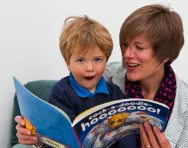
What are the EYFS assessment levels?
The Early Years Foundation Stage (EYFS) Profile is a report of your child’s development and achievement at the end of the Reception year. There are three main objectives: to inform parents about their children’s development, to ease the transition to Key Stage 1, and to help Year 1 teachers plan for the year ahead to meet the needs of the entire class.
The EYFS Profile is broken down into seven specific areas of learning:
- Communication and language
- Physical development
- Personal, Social and Emotional Development
- Literacy
- Mathematics
- Understanding of the world
- Expressive arts and design
Within each of these areas, there are specific Early Learning Goals – for example, in the case of Communication and language, these are Listening, Attention and Understanding, and Speaking. Your child will be given an achievement level for each area of learning.
Register for free to keep reading...
... and we’ll send you some goodies!
